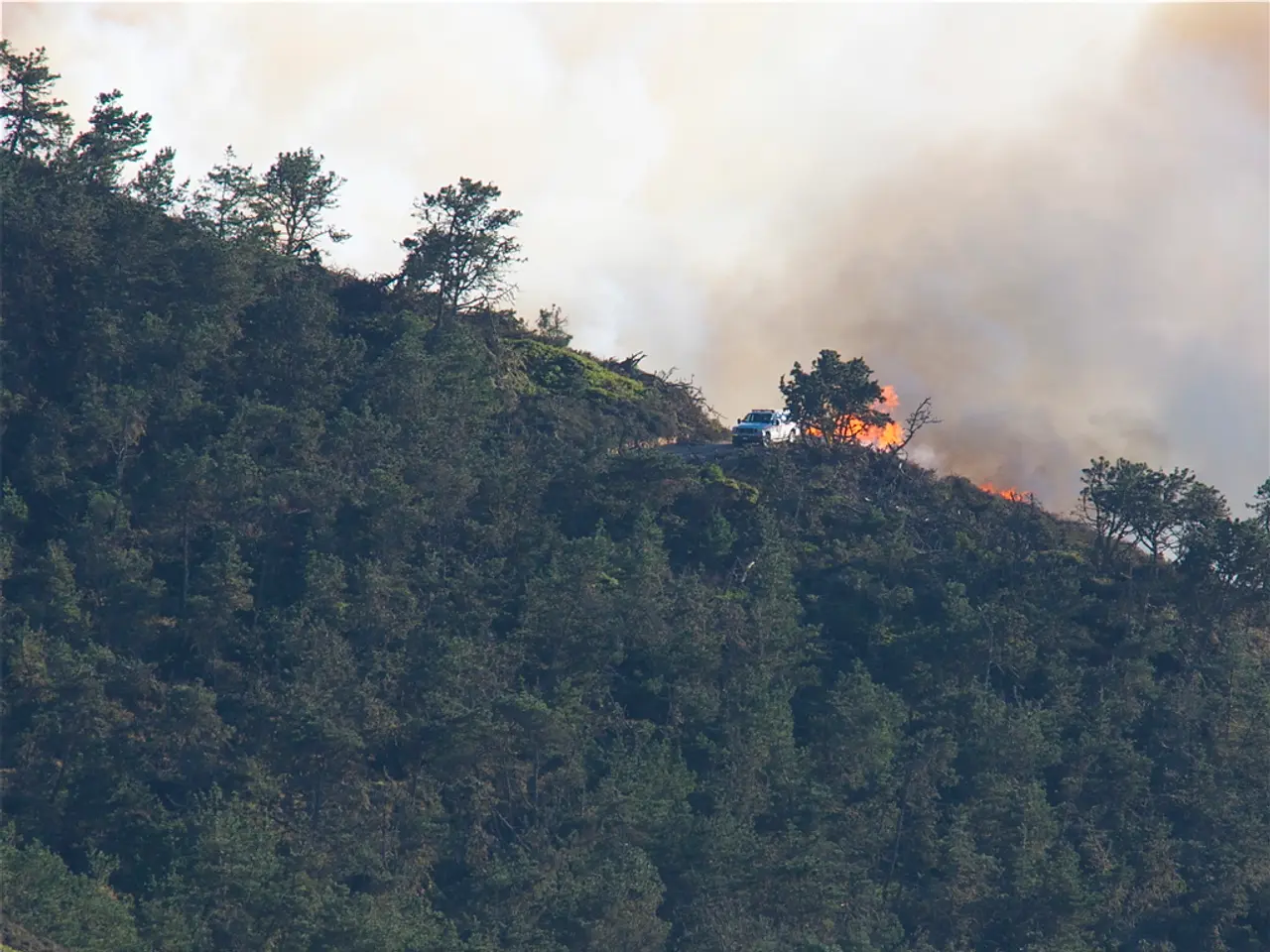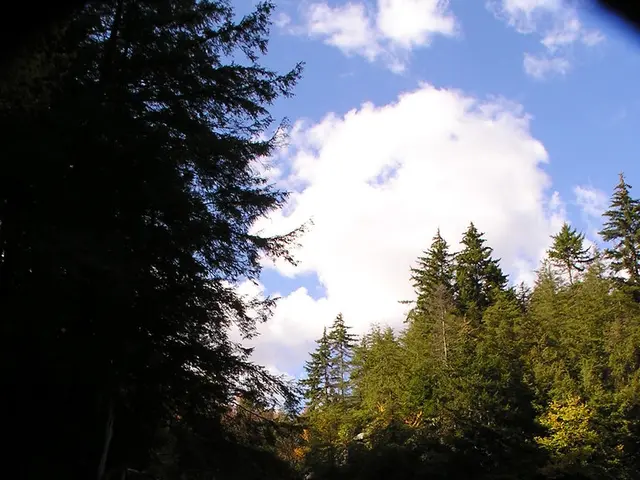Extensive Forest Fires Sweep Across Europe: A Closer Look at the Causes, Current Situation, and Impact on Climate Change
Forest fires persistently continue to rage in the southern regions of Europe, according to Euronews.
The European continent is currently grappling with a severe wildfire crisis, with multiple countries battling blazes that have ravaged vast areas of forestland. In this article, we delve into the causes of these fires, the current situation, and the predicted impact on climate change.
Causes of Extensive Forest Fires in Europe
The ongoing wildfires in Europe can be attributed to a combination of factors. The 2025 heatwave, which has broken records with extreme temperatures across the continent in June and July, has undoubtedly played a significant role [2][3]. This hot and dry weather has created the ideal conditions for fires to ignite and spread rapidly.
Moreover, prolonged drought has turned many European regions into tinderboxes, making them highly susceptible to wildfires [3]. Scientists also suggest that the failure to control excess ignitable flora in vacant plots has contributed to the severity of fires, particularly in Portugal and Spain [2].
Current Situation of Forest Fires in Europe
As of August 2025, more than 1 million hectares of land have been scorched by wildfires within the European Union, surpassing the previous record set in 2017 [1][2]. Countries such as Spain, Portugal, France, Cyprus, Greece, and Germany are among those most affected. Spain is the hardest hit, with over 400,000 hectares burned, accounting for nearly 40% of the EU total [1][2].
Since the beginning of the year, over 1,800 fires have been detected, with ongoing efforts to combat these infernos [4]. Portugal has requested assistance from the EU, and the island of Chios in Greece is currently under threat from a fourth day of fire danger, leading to evacuations. An extreme fire risk has been declared in Spain, where 4,000 firefighters are fighting the fires in seven regions. The fire in Galicia, Spain, has already consumed 158 thousand hectares of land.
Predicted Impact on Climate Change
Large-scale wildfires release substantial amounts of carbon dioxide and other greenhouse gases into the atmosphere, contributing to global warming and climate change. Furthermore, the destruction of forests reduces their ability to act as carbon sinks, exacerbating climate change even more.
The increased frequency and severity of wildfires due to climate change can create feedback loops, where more fires lead to more warming, which in turn increases the risk of future fires. To mitigate these impacts, it is crucial for European countries to implement sustainable land management practices, enhance fire prevention strategies, and support climate change mitigation efforts.
References:
- [1] European Forest Fire Information System (EFFIS)
- [2] European Commission's Joint Research Centre (JRC)
- [3] World Meteorological Organisation (WMO)
- [4] European Union's Copernicus Atmosphere Monitoring Service (CAMS)
For detailed information on the impact of wildfires on climate change, including specific studies and models, additional resources beyond the provided search results would be necessary.
The wildfires sweeping across Europe are primarily caused by a combination of record-breaking heatwaves, extended droughts, and the accumulation of excess ignitable flora in neglected plots, as detailed by the European Commission's Joint Research Centre (JRC), World Meteorological Organisation (WMO), and other climate-related general-news sources. These extensive forest fires have already scorched over 1 million hectares of land within the European Union, with Spain being the hardest hit, and are predicted to significantly contribute to climate change by releasing large amounts of carbon dioxide and other greenhouse gases into the atmosphere, thereby reducing forests' capacity as carbon sinks. (science, climate-change, environmental-science, general-news, weather)







